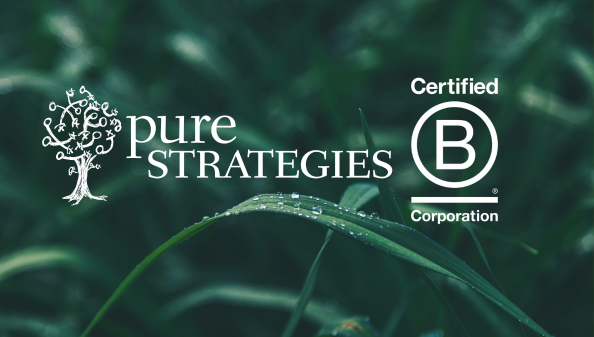Sustainable Life Media recently invited me to share some thoughts on the importance of defining the level of sustainability a company desires and then devising a strategy to get there.
We all know sustainability is a journey. And each company has to forge its own path. But all of us would much rather have that journey resemble a 200 meter dash than a Sunday afternoon stroll. To set the most direct path, you need to start by defining where you want to go.
Positioning First.
Think about your company’s position somewhere along a spectrum ranging from least commitment (compliance) to greatest (leading the future). Where do your company’s sustainability goals place you along this spectrum and where do you want your business to be in the future?
Positioning First.
If your firm wants to position itself as anticipating market needs, then you need to understand the concerns of your customer’s stakeholders (NGOs, regulatory requirements, your customers’ competitors, etc.) and develop your strategy from there. If your positioning is to be an industry leader, you’ll need to develop a different strategy — based in part on benchmarking your company’s initiatives against what the leading companies are pursuing. Then you’ll need to devise a plan to leap ahead of the competition. Too often, sustainability professionals focus on the program activities — whether to do an LCA, how to get carbon data on the supply chain, or finding a means to engage employees. These activities are important, but absent a positioning conversation at the highest levels in the company, they run the risk of being marginalized from the core strategy of the business.


